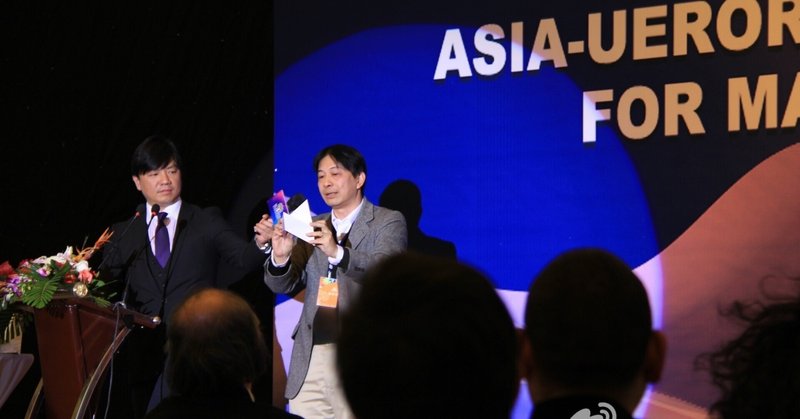
Folding paper to fight anxiety and stress
Origami technique
PAPER AND TECHNIQUES
Folding paper to fight anxiety and stress
Origami is a Japanese term that has long since become part of our lexicon. In fact, almost all of us know the art of folding paper that bears this name and many, perhaps even as children, will have tried this technique in their school years as well as in their free time. The term refers precisely to the action of folding paper: in Japanese orimasu means folding and kami means paper. Hence the description of this practice that allows you to create figures, objects and compositions with the sole use of paper, folded in such a way as to take on ever new shapes.
Children will have tried at least once, perhaps followed by the teachers, to fold the paper to make flowers or animal shapes. But this activity does not only concern children and for many it is a way of expressing one’s creativity even in adulthood, on the contrary, growing up and having become familiar with origami one discovers that it is possible to make everything with paper, even objects and home furnishings.
Paper is the raw material, as well as the only one which must be worked on, so the choice of which paper to use is fundamental. Just do the first tests to understand that sheets of paper that are too thin, which are fragile and wrinkle if you fold the paper too easily, as well as cardboard-type sheets, difficult to fold and tiring to work, are to be excluded. The most suitable paper is smooth, strong but light, easy to fold but not wrinkled.
However, the word Kami, with a different ideogram but with the same pronunciation, also means Spirits, divinities: this overlapping of meaning inextricably links the art of origami with spirituality, with the search for the Divine and gives this technique a sacred value . The Japanese technique of origami is closely linked to the religiosity of Zen. By bending for a fairly prolonged period of time and without any hurry, a state of strong relaxation is reached with a reduction in heart rate and breathing. Focusing on the model that is folding, one reaches a state of suspension of logical and rational thought, decreasing the inner dialogue, and brings attention to the moment one is experiencing, enhancing every single movement of the hands and every fold.
Origami embodies concepts such as interdependence (each shape springs from a defined sequence of folds, one fold is necessary for the execution of the next fold, this fold is made up of them) and impermanence (the shape of the model changes continuously from beginning to end, while not changing the substance of the sheet), typical of Zen. Origami is a search for beauty, understood as a search for harmonious and balanced shapes that remain in the mind of those who fold consciously, it can help fight stress and anxiety, stop time and empty the mind! Through Origami, high socialization is achieved almost “automatically” and it is not uncommon to observe some so-called “disadvantaged” subjects excel in the technique with consequent recovery and increase in self-esteem.
It is not new that the Japanese art of paper folding has also landed in the fashion world, whose technique has been used to create clothes with a perspective and three-dimensional effect. Stylists and artists have created dresses with the most disparate geometric shapes, similar to paper sculptures, using this technique to create decorative folds on shirts, skirts, sheath dresses, bags and wallets. Some believe that silk is the most suitable fabric as it holds creases well and resists the heat of the iron. Other stylists, on the other hand, have embarked on the enterprise of using paper to make hand-folded costumes. Among these, we invite you to read the Lubica Story by Cinzia Verni, paper artist with a special focus on fashion.
All the photos in this article are part of the LubicaHistory archive 2018, 2021 and 2022.
Liang Haisheng & Paper Life with “Traingle Folded Paper Lantern” (2018)
この記事が気に入ったらサポートをしてみませんか?
